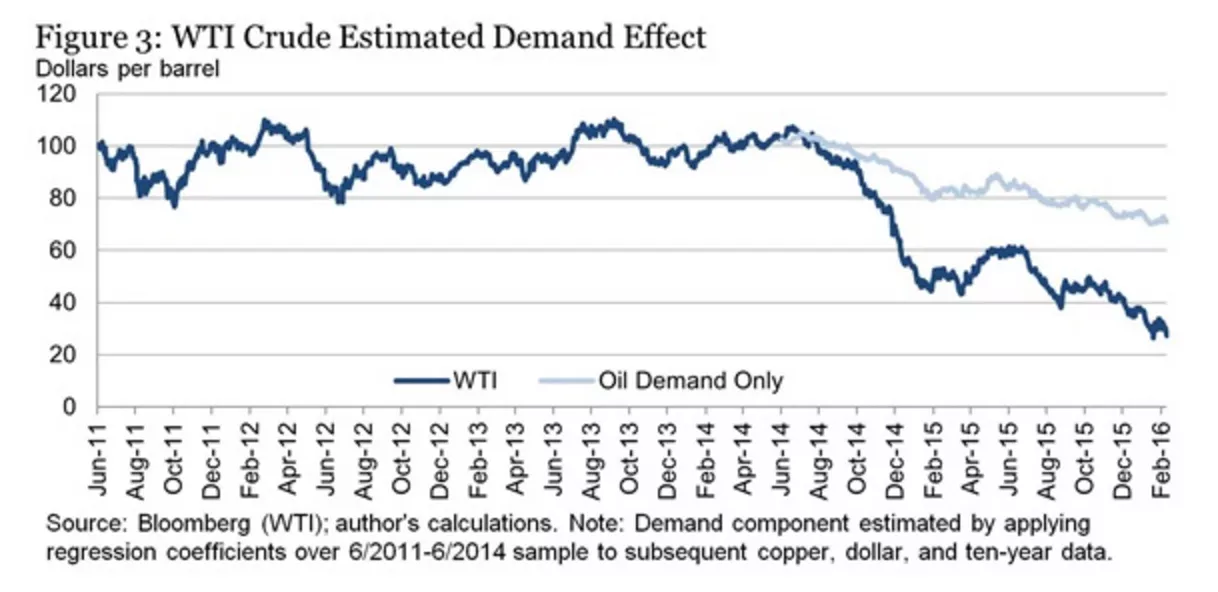Politicians and central bankers are lost and getting more desperate. Saudi Arabia is another interesting case. A strong dollar bites both ways. Back when oil hit $27 a barrel on its way many thought to $20, it was difficult to get our clients interested. This is not to say it won't suffer another down turn and go there. Investors are humans and when dealing with the species--we don't know enough yet about robots to make a call--you should always keep this saying posted on your favorite morning mirror: Anything Is Possible.
Recently, it touched $50 a barrel. The math between $27 and $50, as a friend would say, ain't bad. The idea that more shakouts in the oil patch is necessary before the price finally bottoms has it's merits, but it's also one that could in this long global downturn be made just about any country on the planet. Austerity, even that imposed by markets, has it's limits. Whether you agree or not, all of this monetary central bank madness is a huge protest against austerity.
As we cruise around and find interesting points of view, we try to share them with our readers. Here is one,wolfstreet.com/2016/06/04/david-teppers-big-bet-mlp, that gives a good breakdown on the sector. Though we differ with some of the author's conclusions, it's well done. Being right about something doesn't always make you money. Nor does being wrong always lose you money. Yet it's about making money, a fact lost on too many though we're not implying that here.
Here's excerpt:
For those unfamiliar with the energy space, the industry can be broken up into 3 segments:
- Upstream: These are the exploration and production (E&P) companies that include drillers. They find and extract energy products.
- Midstream: These are transportation companies that move raw product through their pipelines. It’s in this segment that we find our MLPs.
- Downstream: The transportation companies move raw product to downstream companies that act as the processors and distributors of the final product. Refineries are in this segment.
If you take a look at Tepper’s latest 13F filing, his top buys are ETP and WPZ. Both these companies are also part of his most concentrated holdings. Tepper is betting big on the MLP theme.
Energy Transfer Partners (ETP) is an MLP that started with natural gas pipelines, but later expanded into natural gas liquids (NGLs), refined products, and also crude oil. It currently has a dividend yield of 11.49% — exactly the type of yield investors would love to earn.
A big part of this MLP thesis rests on the idea that energy prices have bottomed. But we don’t believe this is true. The bullish US dollar trend is still intact. And because commodities are priced in dollars, a stronger dollar means lower commodity prices.
Just looking at the relationship between oil and the dollar, dollar strength has historically accounted for 30-50% of oil’s price movement. Take a look at the graph below. It isolates an estimate of the price of oil based only on demand. It then compares it to the real price of oil in the market. The gap you see between actual prices and demand exist because of the impact of USD strength.

As the dollar strengthens, commodities in general (including energy) will take another trip back to prior lows. The pain in the energy space is not over. The “blood in the streets” moment has yet to occur. There were not enough defaults and there are still too many companies hanging on by a thread. There needs to be another washout once energy prices drop again.

No comments:
Post a Comment